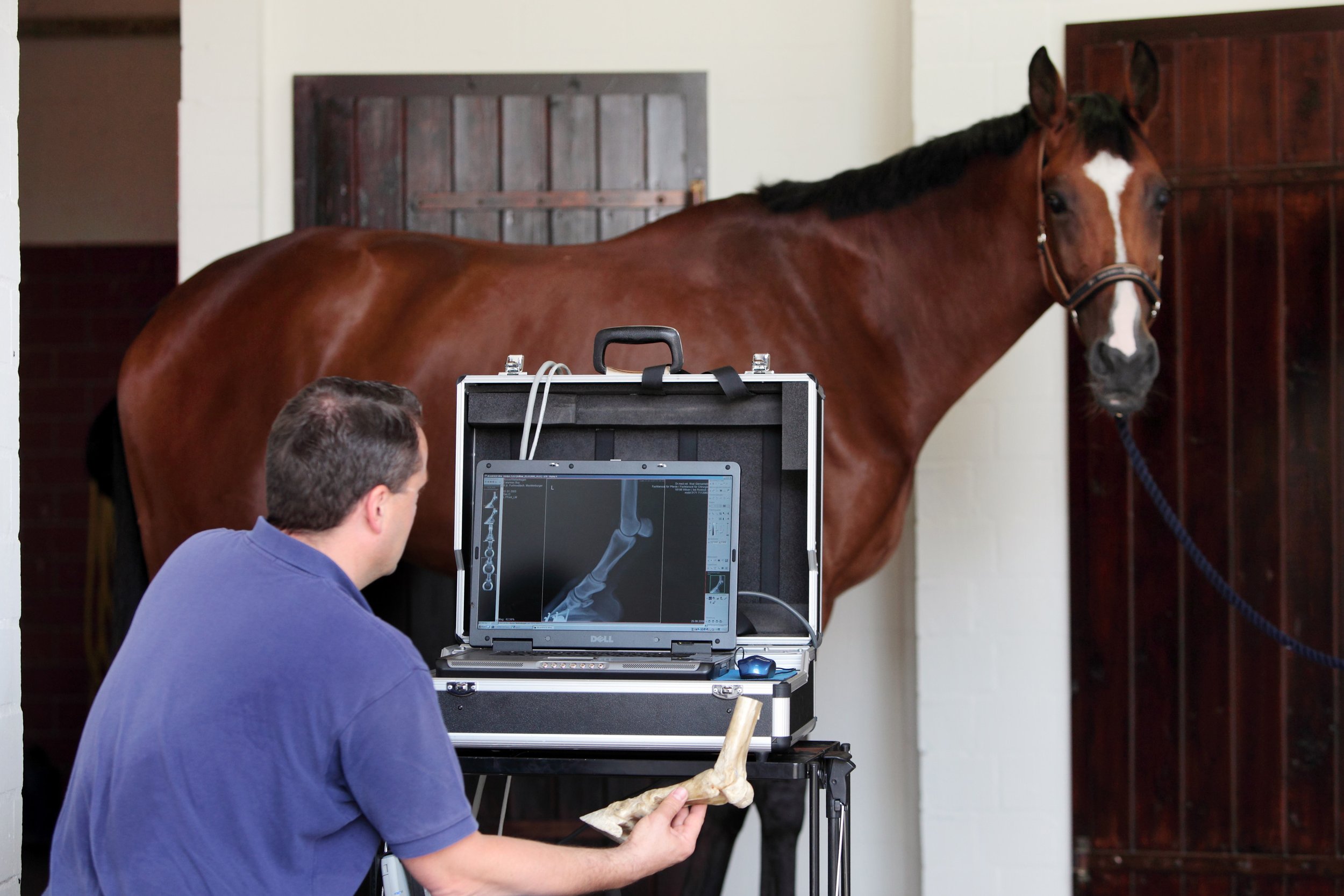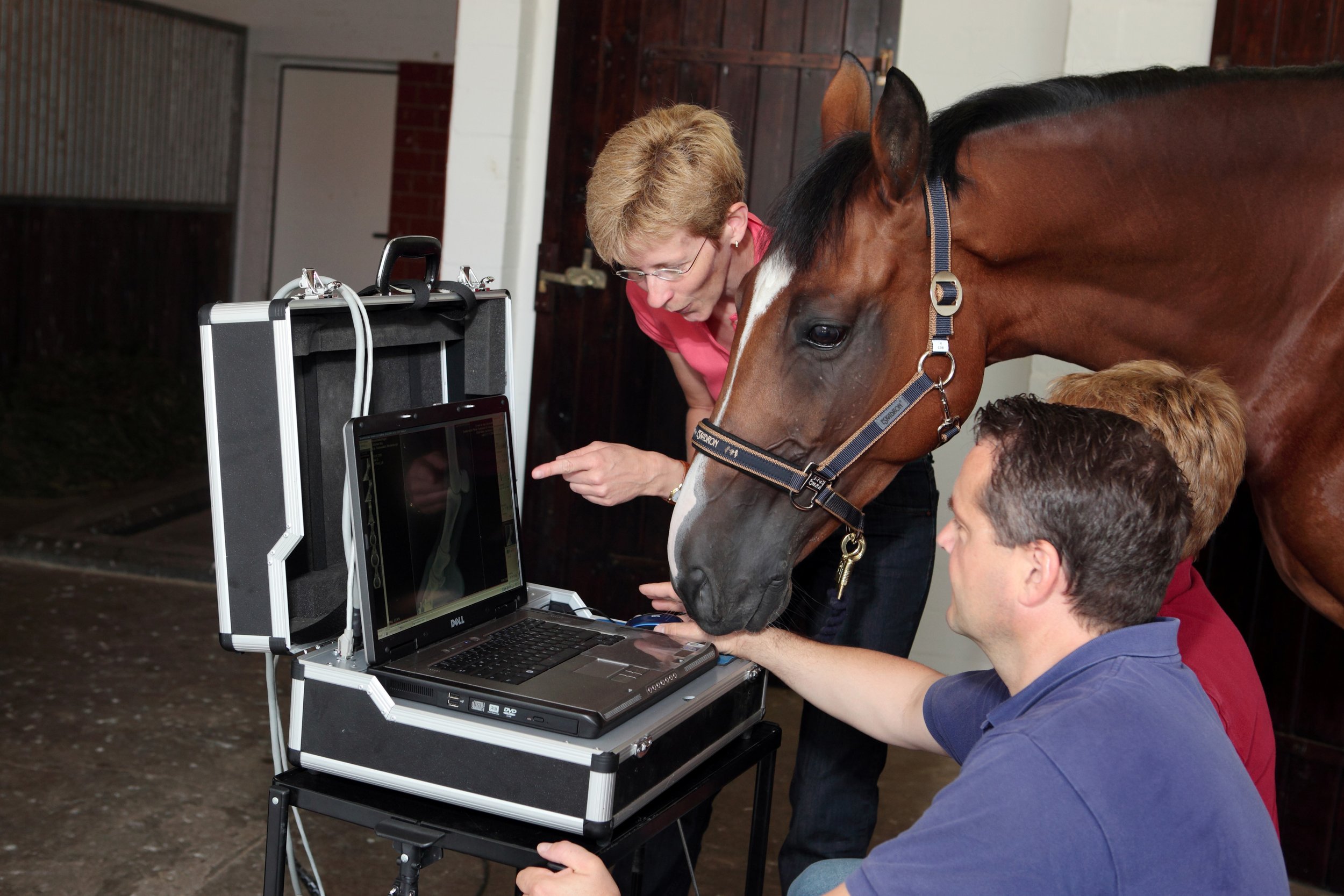Assessment of historical worldwide fracture and fatality rates and their implications for Thoroughbred racing
/Article by Ian Wright
Racing’s social license is a major source of debate and is under increasing threat. The principal public concern is that racing exposes horses to significant risk of injury including catastrophic (life-ending) injuries of which fractures are the commonest cause. The most recent studies conducted in the UK indicate that fractures account for approximately 75% of racetrack fatalities. Recent events highlight the need for urgent stakeholder discussion, which necessarily will be uncomfortable, in order to create cogent justification for the sport and reliant breeding industry.
A necessary prelude to discussion and debate is an objective assessment of risk. All and any steps to reduce risks and mitigate their impact are important and must be embraced for horse racing (and quite possibly all other horse sports) to survive. To begin this, a here and now assessment is important: put simply, does the price paid (risk) justify the benefit (human pleasure, culture, financial gain, employment, tax revenue, etc.)? Objective data provides perspective for all parties, including the voting public who, via their elected representatives, ultimately provide social license with other welfare issues, both human and animal, on which society must pass judgement.
The data in Tables 1 to 12 report a country by country survey of fracture and fatality rates reported in scientific journals and documented as injuries/fatalities per starters. It may be argued that little of the data is contemporary; the studies range from the years 1980 to 2013. However, the tabulated data provided below is the most up to date that can be sourced from independently published, scrutinized scientific papers with clear—albeit sometimes differing—metric definitions and assessable risk rates.
In assimilating and understanding the information, and in order to make comparisons, some important explanatory points are important. The first, and probably the most important, is identification of the metric. Although at first glance, descriptor differences may appear nuanced—what is being recorded massively influences the data. These include fatality, catastrophic injury, fracture, orthopedic injury, catastrophic distal limb fracture, fatal musculoskeletal injury, serious musculoskeletal injury, and catastrophic fracture.
The influence of the metric in Japanese racing represents the most extreme example of this: “fracture” in the reporting papers included everything from major injuries to fragments (chips) identified after racing in fetlocks and knees, i.e., injuries from which recovery to racing soundness is now an expectation. At the opposite pole, studies in other countries document “catastrophic,” i.e., life-ending fractures which have a substantially lower incidence. The spectrum of metric definitions will all produce different injury numbers and must be taken into account when analyzing and using the data.
Studies also differ in the methods of data collection that will skew numbers in an undetermined manner. Some record only information available at the racetrack, others by identifying horses that fail to race again within varying time periods, and horses requiring hospitalization following racing, etc. The diagnostic criteria for inclusion of horses also vary between reports: some document officially reported incidents only, some are based only on clinical observations of racetrack veterinarians, while others require radiographic corroboration of injuries.
The majority of fractures that occur in flat racing, and between obstacles in jump racing, are the result of stress or fatigue failure of bone. They are not associated with traumatic events, occur during high speed exercise, are site specific and have repeatable configurations. In large part, these result from horses’ unique athleticism: in the domesticated species, the Thoroughbred racehorse represents the pinnacle of flight-based evolution. Fractures that result from falls in jump racing are monotonic, unpredictable and single-event injuries in which large forces are applied to bone(s) in an abnormal direction. This categorization is complicated slightly as fatigue failure at one site, which may be bone or supportive soft tissue, and can result in abnormal loads and therefore monotonic fracture at another.
The increased fracture rate in jump racing is explained in part by the cumulative risk of stress/fatigue and monotonic fractures. However, it is complicated by euthanasia of horses with injuries that in animals with greater post injury, commercial value and/or breeding potential might be treated. Catastrophic injuries and fatality rates in NH flat races (designed for young jump racing bred horses to gain experience before racing over obstacles; colloquially termed bumper races) are most logically explained by a combination of the economic skew seen in jump racing and compromise of musculoskeletal adaptation.
Much has been done to reduce recognizable risk factors particularly in jump racing, but in the UK, it is likely—for obvious data-supported reasons—that it will come under the greatest scrutiny. It might be argued that, outside of Europe, information on jump racing is interesting but of minimal impact to social license elsewhere. However, in the author’s opinion, a holistic perspective is important: loss of one sector or geographic location creates the potential for a momentum-gathering domino effect.
The incidence of fractures and fatalities in flat racing is low, and the number of currently identified risk factors is high. Over 300 potential influences have been investigated and over 50 individual factors demonstrated statistically to be associated with increased risk of catastrophic injury.
Racing surface influences both injury frequency and type. Studies in the UK have consistently documented an increased fatality rate and incidence of lower limb injury on synthetic surfaces compared to turf. Although risk differences are clear, confounding issues such as horse quality and trainer demographic mean that the surface per se may not be the explanation. In the United States, studies reporting data from the same geographic location have produced mixed results.
In New York these documented greater risks on dirt than turf surfaces while a California study found no difference and a study in Florida found a higher risk on turf. A more recent study gathering data from the whole of the US reported an increased risk on dirt surfaces. Variations in injury nature between surfaces, for example the increased incidence of sesamoid fractures (breakdown injuries) on dirt versus synthetic and turf surfaces, may go some way toward explaining fatality differences.
The majority of fractures occurring in flat racing (and non-fall related fractures in jump racing) are now also treatable, enabling horses to return to racing and/or to have other comfortable post-racing lives. The common public presumption that fractures in horses are inevitably life-ending injuries is a misconception that could readily be remedied. An undetermined number of horses are euthanized on the basis of economic viability and/or ability to care for horses retired from racing. On this point, persistence with a paternalistic approach is a dangerous tactic in an educated society.
Statements that euthanasia is “the kindest” or “best” thing to do, that it is an “unavoidable” consequence of fracture or that only “horsemen understand or know what is best” can be seen as patronizing and will not stand public scrutiny. At some point, data to distinguish between horses euthanized as a result of genuinely irreparable injuries and those with fractures amenable to repair will become available. Before this point is reached, the consequences require discussion and debate within the racing industry.
Decisions on acceptable policies will have to be made and responsibility taken. In its simplest form, this is a binary decision. Either economic euthanasia of horses, as with agricultural animals, is considered and justified as an acceptable principle by the industry; or a mechanism for financing treatment and lifetime care of injured horses who are unlikely to return to economic productivity will have to be identified. The general public understands career-ending injuries in human athletes. These appear, albeit with ongoing development of sophisticated treatments at reducing frequency, in mainstream news. Death as a direct result of any sporting activity is a difficult concept in any situation and draws headlines.
Removal of the treatable but economically non-viable group of injuries from data sets would reduce, albeit by a currently undetermined number, the frequency of race track fatalities. However, saving horses' lives whenever possible will not solve the problem; it will simply open an ethical debate viz is it acceptable to save horses that will be lame.
In order to preserve life, permanent lameness is considered acceptable in people and is not generally considered inhumane in pets. Two questions arise immediately (i) how lame can a horse be in retirement for this to be considered humane? (ii) who decides? There is unquestionably a spectrum of opinion, all of which is subjective and most of it personal. It will not be an easy debate and is likely to be complicated further by consideration of sentience, which now is enshrined in UK law (Animal Welfare (Sentience) Act 2022); but it requires honest ownership of principles and an agreed policy.
For the avoidance of doubt, while the focus of this article and welfare groups’ concerns are on racetrack injuries, those sustained in training follow a parallel pathway. These currently escape attention simply by being, for the most part, out of sight and/or publicity seeking glare.
Within racing, there is unquestionably a collective desire to minimize injury rates. Progress has been made predominantly by identification of extrinsic (i.e., not related to the individual horse) risk factors followed by logical amendments. In jump racing (monotonic fractures), obstacle modification, re-siting and changing ground topography are obvious examples of risk-reducing measures that have been employed.
In flat racing, progress, has involved identification risk factors such as race type and scheduling, surface, numbers of runners, track conditions, etc., which have guided changes. However, despite substantial research and investment, progress in identification of intrinsic (i.e., relating to the individual horse) risk factors is slow. While scientifically frustrating, a major reason for this is the low incidence of severe fractures; this dictates that the number of horses (race starters) that need to be studied in order to assess the impact of any intervention is (possibly impractically) high. Nonetheless, scientific justification is necessary to exclude a horse from racing and to withstand subsequent scrutiny.
Review of potential screening techniques to identify horses at increased risk of sustaining a fracture while racing is not within the scope of this article but to date, none are yet able, either individually or in combination, to provide a practical solution and/or sufficiently reliable information to make a short-term impact. It is also important to accept that the risk of horses sustaining fractures in racing can never be eliminated. Mitigation of impact is therefore critical. When fractures occur, it is imperative that horses are seen to be given the best possible on-course care. This may, albeit uncommonly be euthanasia. Much more common, horses can be triaged on the course and appropriate support applied before they are moved to the racetrack clinical facility for considered evaluation and discussion. The provision of fracture support equipment to all British racecourses in 2022 marked a substantial step forward in optimizing injured horse care.
The distress/anxiety that accompanies an acute unstable racetrack fracture is considered predominantly to result from loss of limb control (horses are flight-based herd animals). Pain is both suppressed and delayed by catecholamines, e.g., adrenaline (the latent pain syndrome). As a result, relief of distress and anxiety from appropriate limb support always exceeds chemical analgesia. The immobilization principles behind the fracture support equipment are that fatigue/stress fractures have predictable courses; the distracting forces can therefore be predicted and logically counteracted. This is real progress: adoption of the principles and employment of the equipment in other countries would send out a strong positive welfare message.
Neither racing enthusiasts or fervent objectors are likely to change their opinions. The preservation of social license will be determined by the open-minded majority who lie between. It is the man on the street who must be convinced; most have no concept of the frequency of injury, care available or outcome potentials.
The task of all who appreciate horse racing's contributions to society and wish to see it continue is to remain focused on horse welfare, if necessary, to adjust historical dogmas, absorb necessary costs and to encourage open, considered, honest (factually correct) risks versus benefits discussion.
Country by country survey of fracture and fatality rates as reported in scientific journals and documented as injuries/fatalities per starters from 1980 to 2013.








